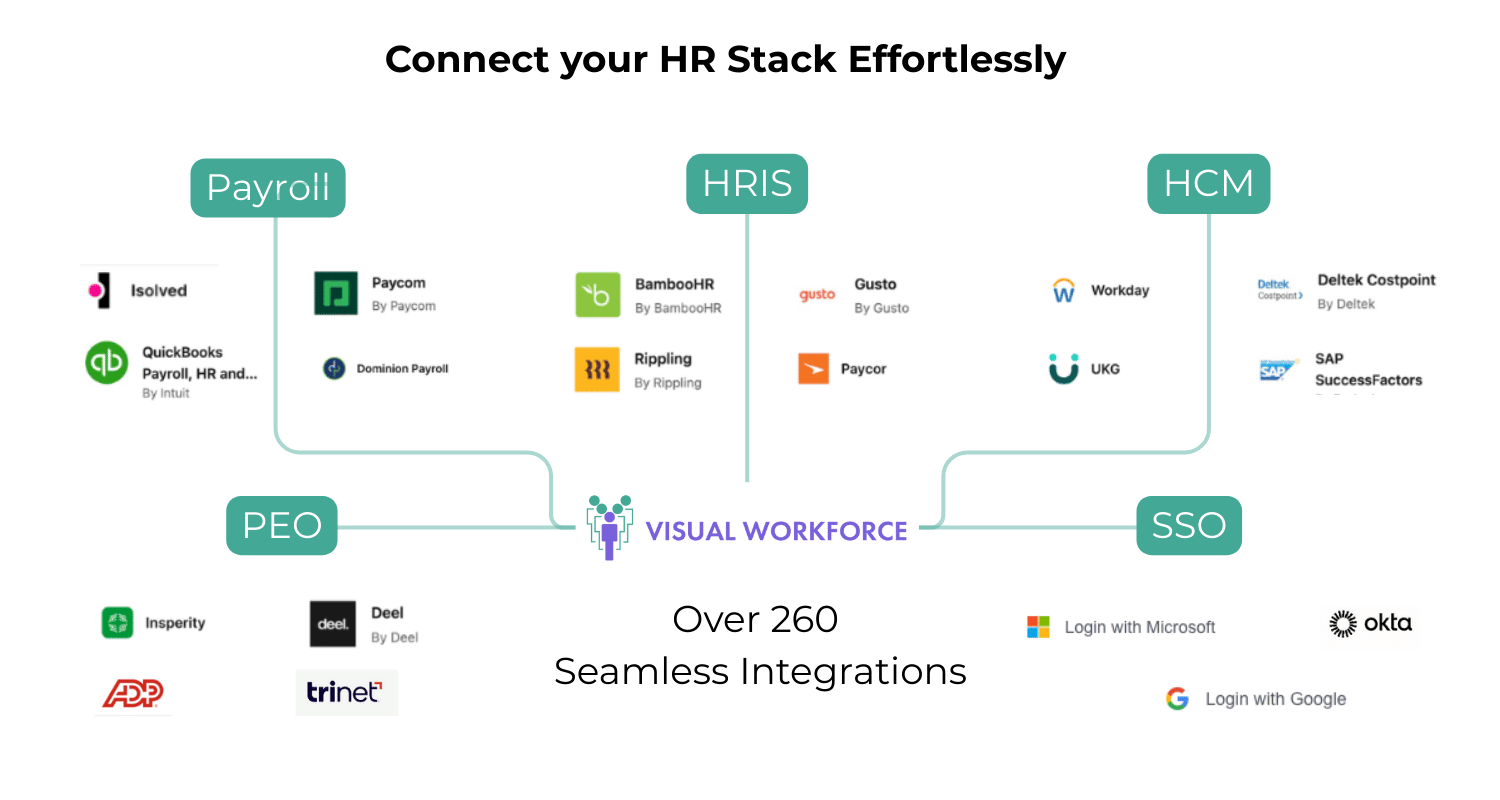The Surprising Reason Why Your Digital Transformation Could Fail
The phrase digital transformation has become a regular buzzword in the business world. Organizations are gearing up to incorporate new technologies like cloud infrastructure, AI, and the Internet of Things, all promising new operational efficiencies and competitive advantages.
A recent report by Gartner predicts that by 2025, 80% of enterprise workloads will be migrated to the cloud, up from 15% in 2019. This rapid shift signifies a fundamental transformation in how businesses operate, particularly within the finance department. Gartner predicts worldwide IT spending is projected to grow 7.5% in 2024, reaching $5.26 trillion. Those are some significant, expensive commitments to change.
It's not all smooth sailing. Even with all of the right intentions to change, 84% of digital transformations fail (forbes). Business leaders recognize the need for digital, but the scarcity of successful execution reflects a different reality.
If the world is on board with digital, why do we see a staggering number of failed attempts?
Mind The Digital Skills Gap
Digital transformations require intricate strategic planning across finances, operations, and implementation. Adopting new technology can alter entire systems and processes, an expensive investment in time and money. Business leaders need to ensure their plan is valid given this considerable investment.
But, there is another factor business leaders tend to deprioritize or forget, their people. Your employees are in charge of implementing, operating and maintaining new technologies. This often requires new skills and capabilities. Do your employees have the skills to manage a cloud-based system? How about artificial intelligence?
A recent Cloud Industry Forum survey illustrated that 25% of organizations believe that a digital skills shortage is preventing or delaying them from successfully executing their digital transformation strategy. A staggering 81% of CIOs believe they need to recruit new staff to obtain the skills they require.
There will always be a learning curve associated with change. However, these statistics represent the complexity of modern technologies that often require more extensive training and education, leaving organizations with a shortage of top talent.
In a recent paper, Digital Abundance and Scarce Genius, Seth Benzell and Erik Brynjolfsson refer to this issue as the productivity paradox. The paradox claims our workforce is not learning the necessary skills fast enough to keep up with the rate that new technology is spreading, leading to a decline in productivity.
For the next 3 years, Skills Management is slated to be the #1 HR Tech Investment as stated by HR Leaders according to Gartner 2024 HCM Trends.
89% of executives say skills are becoming important for the way organizations are defining work, deploying talent, managing careers, and valuing employees.
When the primary goal of a digital transformation is to increase operational efficiencies, a decline in productivity is the last thing you want to occur. If your strategic planning does not account for changes in the skills and capabilities of your workforce, you risk a massive delay in your digital plans.
How can you avoid a problem that sends so many companies to the graveyard of digital transformation?
How Can Organizations Combat the Digital Skills Gap?
You must consider and prioritize employee's skills and capabilities when planning for a digital transformation. To plan effectively, business leaders should first understand the current state of their workforce. You should be able to answer these questions:
What skills and capabilities does your organization currently have?
What are our weaknesses and strengths?
Developing a skills inventory is the best way to visualize and analyze skill levels across your workforce. By developing a clear picture of your current state, you can compare it against your ideal state to determine where you need to grow to ensure a smooth digital transformation.
Related Post: What Are The Business Benefits of Having A Skills Inventory?
Skills inventories provide insightful data that will help you align workforce changes with critical phases of your digital transformation. It will help you identify where you need to retrain, hire, or outsource. You can determine the cost, time, and resources necessary to experience long-term gain from your digital investment.
As business leaders plan for the future, it's not just technical changes they need to consider. Workforces will undergo a massive transformation as well, and if employees are disregarded during strategic planning, organizations can find themselves facing an enormous gap in productivity. How will you ensure your organization is on the side of digital success?
Related Post: How Do You Build A Skills Matrix?
Ready to transform to a skills based organization, but not sure where to begin?
We have automated the steps to make the path easy. Let Visual Workforce help kick start your SBO journey with a free skills framework customized for your company.








